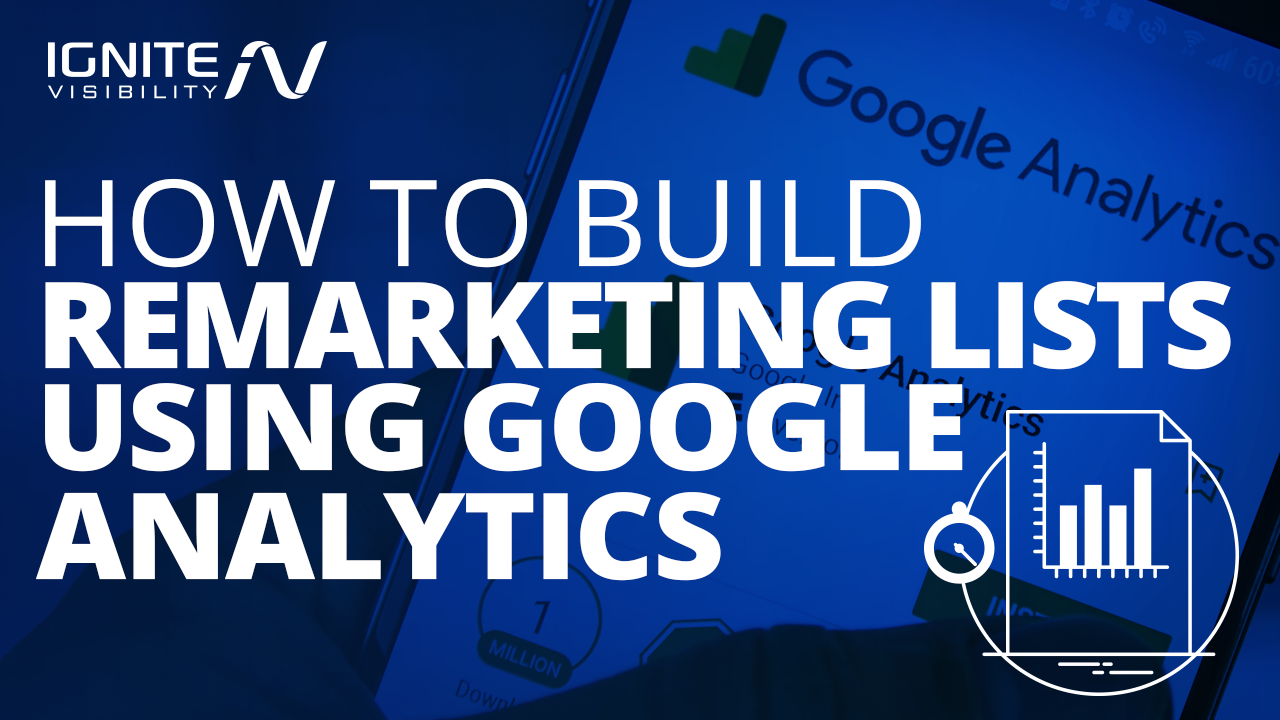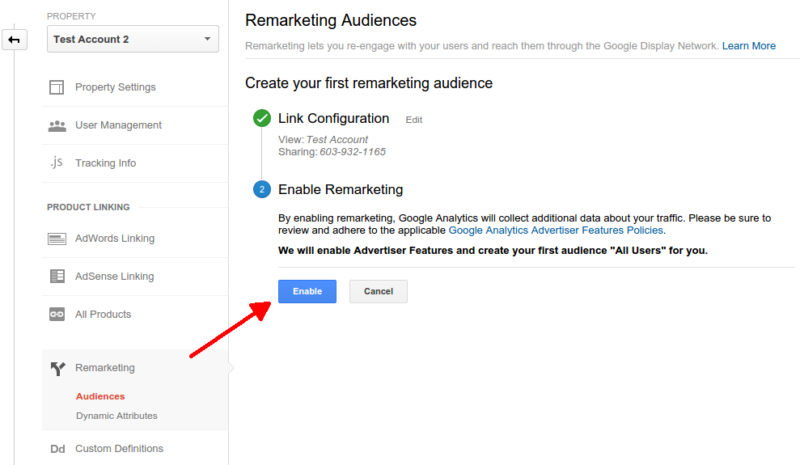Maximizing Your ROI with Remarketing In Google Analytics
Maximizing Your ROI with Remarketing In Google Analytics
Blog Article
Reliable Strategies for Remarketing in Google Analytics
With strategic target market segmentation, customized remarketing listings, and engaging ad creatives, organizations can craft individualized campaigns that reverberate with their target audience. By exploring the subtleties of vibrant remarketing and leveraging sophisticated tracking tools, organizations can unlock the complete possibility of their remarketing efforts, leading to boosted brand name visibility and customer involvement.
Target Market Division
Using audience division is a pivotal technique in maximizing the efficiency of remarketing projects within Google Analytics. By separating your audience into unique teams based on their actions, demographics, or passions, you can customize your marketing messages to be extra pertinent and interesting. This technique permits you to supply tailored ads to specific sections, increasing the probability of conversion.

Moreover, target market division assists you recognize the differing needs and preferences of various customer teams, enabling you to craft more engaging ad creatives and deals. This targeted approach not just improves the efficiency of your remarketing initiatives however likewise boosts total campaign efficiency.
Setting Up Remarketing Checklists
To efficiently carry out remarketing methods in Google Analytics, the preliminary step entails developing targeted remarketing listings based upon details target market interactions. Establishing remarketing lists permits marketing experts to sector their site site visitors into different groups based upon their behavior, such as pages viewed, items looked for, or activities handled the site. By specifying these sections, marketers can then create individualized and relevant advertisements that target these certain groups, increasing the chance of conversion.
Remarketing listings can be set up using different criteria such as page visits, period of browse through, specific goal completions, or also details events activated on the website. This level of customization makes it possible for marketers to tailor their ads to match the rate of interests and choices of each fractional target market, causing higher interaction and conversion prices.
Furthermore, remarketing listings can likewise be developed based on information imported from various other sources like CRM systems, permitting a lot more specific targeting. By setting up these targeted remarketing checklists, marketers can successfully connect to potential consumers that have actually already shown rate of interest in their products or solutions, making best use of the impact of their remarketing campaigns.
Creating Compelling Ad Creatives
After segmenting site site visitors right into targeted remarketing listings based upon details target market interactions, the next important action is to craft compelling advertisement creatives that reverberate with each fractional group's choices and rate of interests. The performance of remarketing campaigns heavily counts on the ability of these ad creatives to catch the focus of the target market and drive them to take the desired action.
To create engaging advertisement creatives, it is important to understand the special attributes of each fractional group (What Is “Remarketing” In Google Analytics?). Tailoring the messaging, visuals, and provides to line up with the passions and preferences of the target market can substantially raise the opportunities of conversion. Making use of dynamic advertisements that automatically adjust web content based upon the individual's behavior can also boost the personalization of the ad experience

Monitoring Efficiency and Optimization
Effective monitoring of project performance and regular optimization are important aspects of effective remarketing strategies in Google Analytics. To make sure the performance of remarketing campaigns, online marketers should on a regular basis track vital performance metrics such as click-through rates, conversion prices, and return on ad invest. By keeping an eye on these metrics, marketing professionals can gain valuable insights into the efficiency of their projects and determine areas for renovation.
In Google Analytics, online marketers can leverage devices like conversion monitoring and audience division to analyze the efficiency of their remarketing projects. Conversion tracking permits online marketers to track specific actions that individuals take after clicking a remarketing advertisement, offering useful data on the efficiency of the project in driving desired end results. Target market division, on the various other hand, enables marketing professionals to divide their audience into different sectors based upon numerous criteria such as demographics, behavior, and interests, permitting even more targeted and personalized remarketing efforts.
Continual optimization is vital for taking full advantage of the influence of remarketing campaigns. Marketers should use A/B testing to experiment with different advertisement creatives, messaging, and targeting approaches to identify the most reliable strategies. By routinely analyzing project performance information and making data-driven optimizations, marketers can make certain that their remarketing campaigns are attaining the preferred results and driving view conversions properly.
Leveraging Dynamic Remarketing
Using dynamic remarketing can significantly boost the relevance and effect of targeted advertisements in Google Analytics. This innovative method enables advertisers to show individualized ads to users that have actually formerly visited their website or utilized their mobile application. By dynamically showing product and services that the customers have revealed passion in, dynamic remarketing assists to maintain the brand fresh in their minds and encourages them to return to look at this website complete a purchase.

Moreover, dynamic remarketing campaigns can be automated and optimized in real-time based upon performance data, making certain that the ads remain efficient and relevant. By leveraging dynamic remarketing in Google Analytics, advertisers can develop a lot more impactful and targeted ad campaign that reverberate with their target market and drive results.
Conclusion
In final thought, efficient remarketing techniques in Google Analytics include target market segmentation, targeted remarketing lists, compelling ad creatives, efficiency monitoring, and dynamic remarketing. By concentrating on tailored ads, information evaluation, and constant optimization, organizations can enhance conversion rates and drive interaction effectively. Leveraging devices like conversion monitoring makes sure that advertisements continue to be individualized and pertinent, leading to total success in remarketing initiatives.
Via calculated target market division, tailored remarketing listings, and engaging ad creatives, businesses can craft tailored projects that resonate with their target audience. Utilizing vibrant ads that automatically change material based on the user's behavior can additionally improve the customization of the ad experience.
Conversion tracking allows online marketers to track particular actions that users take after clicking on a remarketing ad, giving useful information on the performance of the campaign in driving preferred end results.Making use of dynamic remarketing can considerably enhance the he said significance and influence of targeted ads in Google Analytics - What Is “Remarketing” In Google Analytics?.In conclusion, effective remarketing strategies in Google Analytics entail target market division, targeted remarketing lists, compelling ad creatives, efficiency monitoring, and vibrant remarketing
Report this page